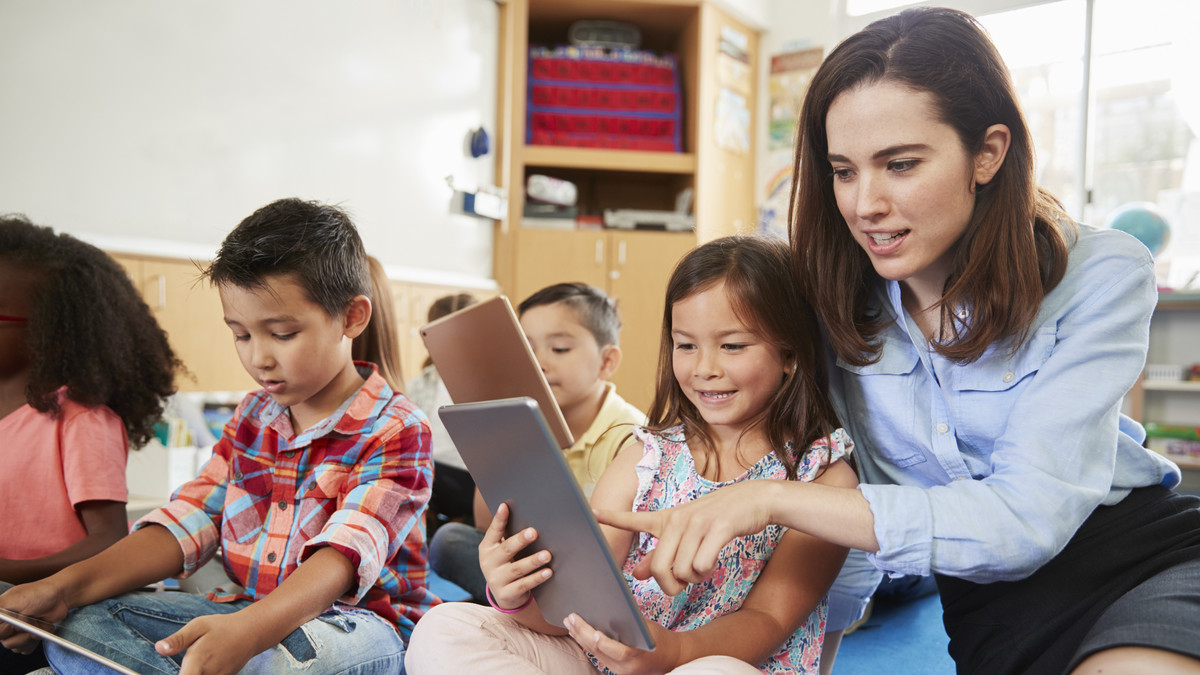New and emerging technologies are supporting today’s students and teachers in unprecedented ways. Here are a few ways this is happening in schools in local communities across the country.
* Communication apps. New apps such as ClassDojo are making it easier for teachers to actively communicate with students and parents. Teachers can send encouraging messages to students via the app and message with parents. What’s more, students can create digital portfolios to share at home with their families. With flexibility to access the app on tablets, phones, computers and smartboards, its versatility helps foster a learning community.
* Collaborative math resources. The textbook is no longer the sole resource math students can rely on to succeed. New software is making mathematics more accessible, interactive and personalized. For example, ClassPad.net, a one-stop shop for educators and students, helps students investigate mathematics more deeply and enhance their understanding of related concepts. Designed to be equally usable by keyboard/mouse and touchscreen-based platforms, this all-in-one web-based mathematics resource is geared for K-12 mathematics and beyond. Allowing for simultaneous work with calculations, graphing, geometry and data analysis/statistics, this tech helps teachers demonstrate things they can’t show in other ways, something 65 percent of educators said was important in a study conducted by PBS Learning Media.
* Math anywhere, anytime. Technology advancements are enabling students of all learning styles to absorb mathematical concepts at their own pace without buying expensive calculators. Check out ClassPad. net, digital scratch paper with a range of functions that’s web-accessible and free for students and teachers.
* World “travel.” While nothing will replace the excitement of a field trip, leaving school grounds can be time-consuming and cost-prohibitive. Luckily, no permission slip is required to travel the world from the comfort of the classroom. Today’s classrooms are using Google Earth to virtually visit the sites of a distant city or observe the topography of a mountain range. They can also access the collections and exhibitions of museums and libraries around the world online. And augmented reality is creating new opportunities to “visit” interesting locations and engage with their surroundings.
* 3-D printers. Classrooms fortunate enough to have 3-D printers are able to give students endless hands-on opportunities to be creative, and teachers can use the printers to create needed classroom materials — from anatomical and architectural models to maps and musical instruments. Teachers are also modernizing their lesson plans in order to make learning easier and more fun for students.
* Virtual reality. Whether it’s a tour through an ancient Roman archaeological site or a deep-sea look at ocean creatures, VR can enhance educational experiences and create new immersive opportunities, allowing students to see the world without leaving the classroom.
* Language learning in the palm of your hand. Today, you don’t need a stack of books or tapes to learn a new language. A variety of apps can introduce language learners to correct pronunciations, proper grammar and vocabulary, giving students opportunities to hone their reading, writing and speaking skills at their own pace in the classroom and on-the-go.
* Classroom updates. There are tons of gadgets and tools out there for teachers to help encourage productivity in the classroom these days. For example, some projectors today reach maximum brightness in seconds, reducing classroom down time, and are safer and more energy-efficient to boot.
This article was from Philadelphia Tribune and was legally licensed through the NewsCred publisher network. Please direct all licensing questions to legal@newscred.com.
